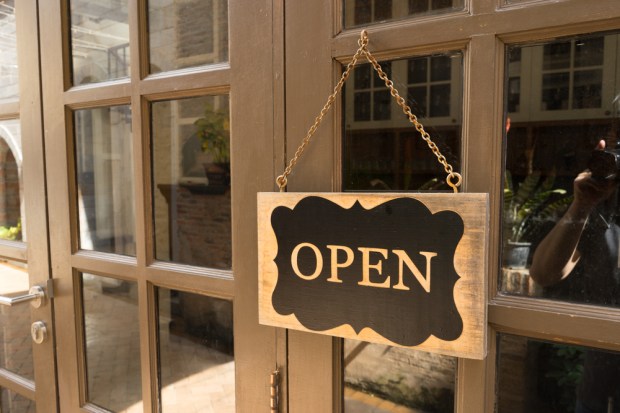The Opportunities And Challenges Of Small-Dollar Lending

Responsible short-term, small-dollar loans to consumers will result in increased purchasing power, according to a paper from the American Banking Association about small-dollar lending.
The Office of the Comptroller of the Currency (OCC) last week issued new guidance encouraging banks to offer those loans to their customers. The guidance changed no regulation. It only clarified the OCC’s stance on those loans.
In a white paper issued last year, the ABA “highlighted the important role that small-dollar credit plays in helping consumers meet their financial needs, and called on regulators to remove barriers that impede banks from making small-dollar loans. The white paper is part of the banking industry’s continuing response to President Trump’s executive order outlining ‘core principles’ for financial regulation.”
The paper takes a look at the consequences of overdrafts in the absence of a robust small-dollar loan environment. “Consumers lose an average of $443 in purchasing power for each attempted check or ACH transaction that is returned due to insufficient funds in the consumer’s account,” the ABA’s research found. “The total annual lost purchasing power is $43.7 billion.”
The paper also challenged the view that overdraft mainly hurts lower-income consumers. “Middle-income consumers use overdraft protection at higher rates than lower-income consumers,” the ABA researchers said. “In general, there is no typical user of overdraft protection; consumers across the income spectrum use overdraft protection and do so for many different reasons.”
Other research — in this case, a report earlier this year from the Pew Charitable Trust — shows how high the stakes are when it comes to small-dollar loans.
U.S. consumers “currently spend more than $30 billion annually to borrow small amounts of money from payday, auto title, pawn, rent-to-own, and other small-dollar lenders outside the banking system,” Pew said. “Consumers use these high-cost loans to pay bills; cope with income volatility; and avoid outcomes such as eviction or foreclosure, having utilities disconnected, seeing their cars repossessed, or going without necessities.”
Much of the energy behind the support for small-dollar lending comes from the Federal Reserve’s finding that about 40 percent of adults would not be able to pay an unexpected $400 expense without borrowing funds or selling a personal item.
Meeting consumer demand for small-dollar lending will not come easily.
“In order for these traditional lending institutions to seriously compete with the large number of payday and other nonbank small-dollar lenders that market aggressively, many banks and credit unions — especially large ones — would need not only to offer small-dollar loans, but to make sure that consumers are aware that they offer such loans,” the Pew report said. “And banks and credit unions would need to compete with nonbank lenders on speed, likelihood of approval, and ease of application, because small-dollar loan borrowers usually seek credit when they are in financial distress.”
But traditional financial institutions do have advantages over nonbank lenders, including a lower cost of doing business, which allows them to “offer loans profitably to many of the same borrowers at prices six times lower than those of payday and other similar lenders,” the Pew report said. “The banks and credit unions would be lending in a largely automated fashion to known customers who already make regular deposits, so both their acquisition costs and automated underwriting costs would be lower than those of nonbank lenders.”
